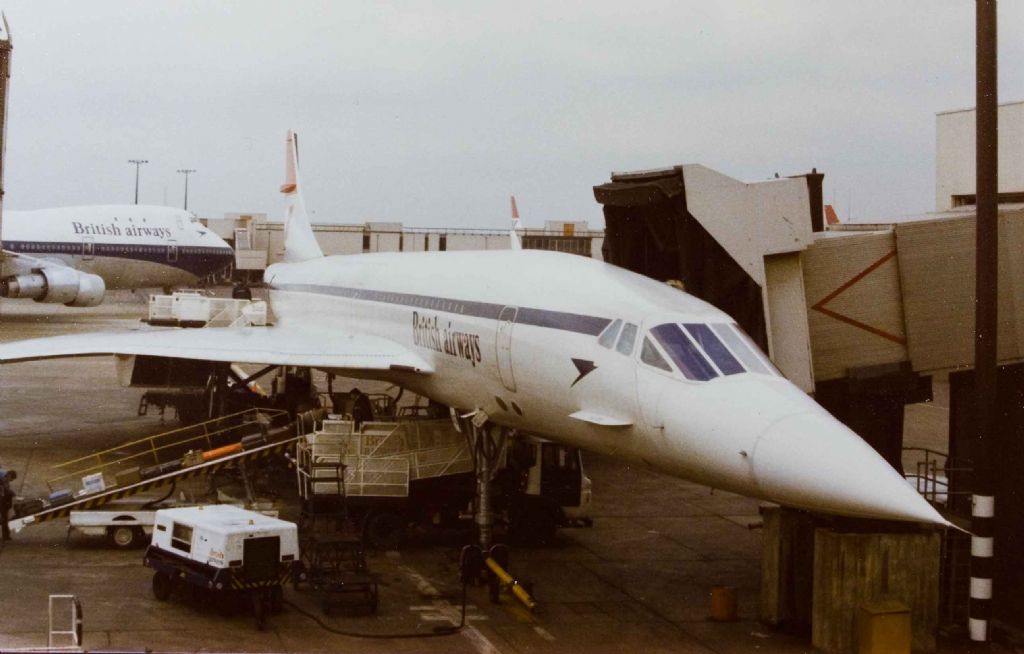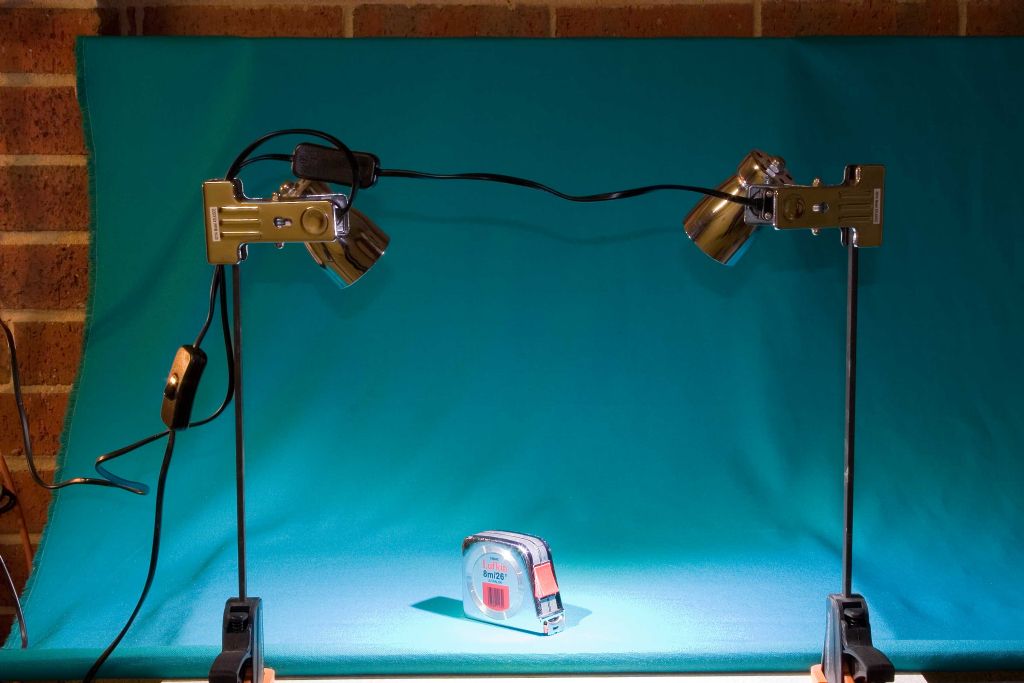Posted by Sam Stones on 19/08/2015 22:53:14:
Did I hear correctly wrt delta-winged aircraft that they don’t stall but `mush’ out?
If I remember my (very basic) supersonic aerodynamics the story goes something like this. In the 1950s it was known that the drag of a supersonic aerofoil was very dependent on span, so the ideal planform was a short, but wide, wing; have a look at the F-104 Starfighter. However, a wing like this is hopeless at low, sub-sonic, speeds, leading to very high takeoff and landing speeds, thus needing very long runways. It was also known, as a curiosity, that a delta wing, at high angles of attack, could produce a large vortex on the leading edge, lowering the pressure on the top of the wing and greatly increasing the lift. Once this effect was established as viable, detail design of Concorde commenced. It also explains why Concorde has a long undercarriage, lands in a very nose high attitude, and hence needed the droop nose so the pilot could see ahead.
I watched Concorde land at Farnborough in 1976, prior to the SBAC show. The aircraft was presumably fairly light, but the pilot made two low passes and then landed, using almost all of the 6000ft runway. At that time the static load test rig for Concorde was still operational at Farnborough, and as part of my training course we had a tour of it.
Andrew
 Martin Connelly.
Martin Connelly.







